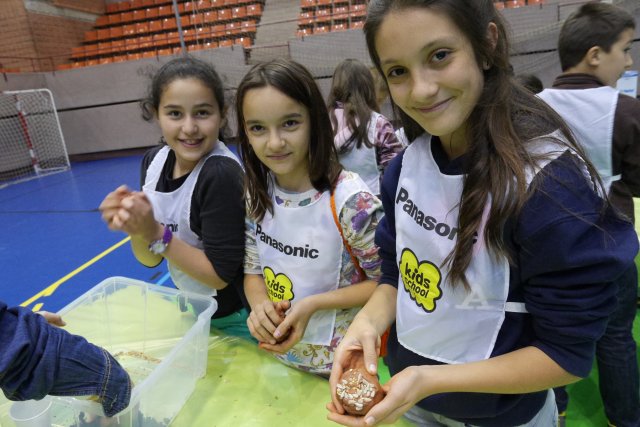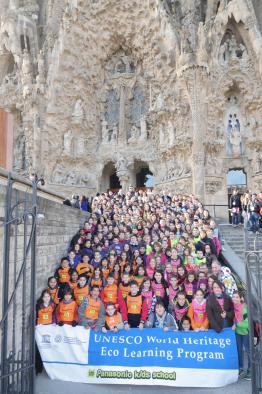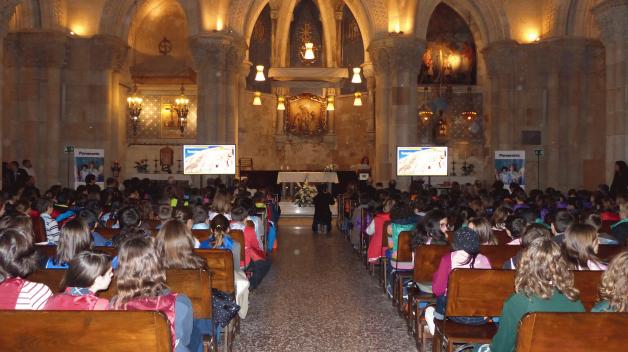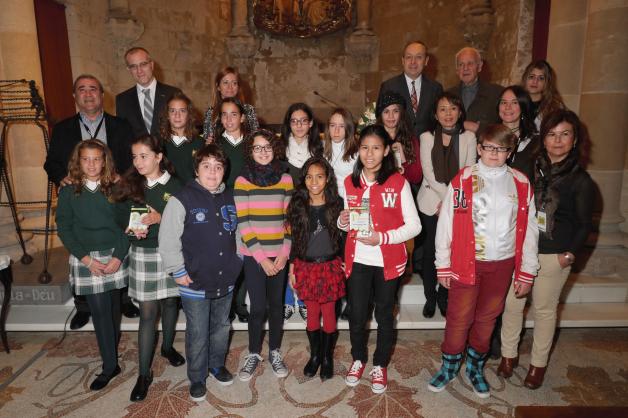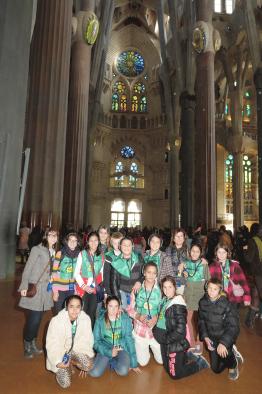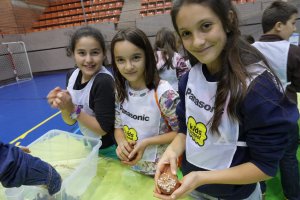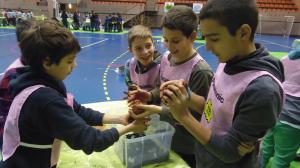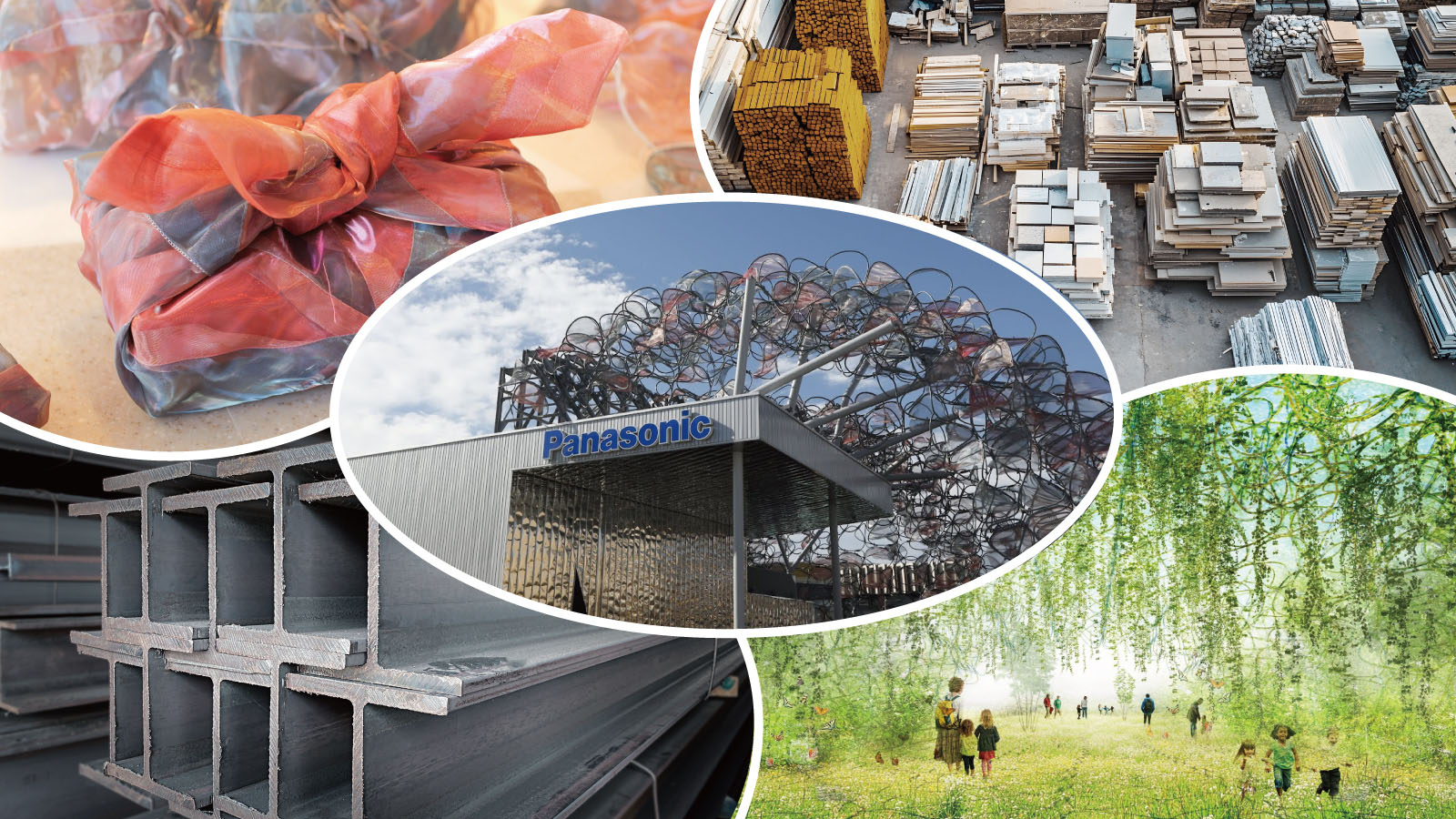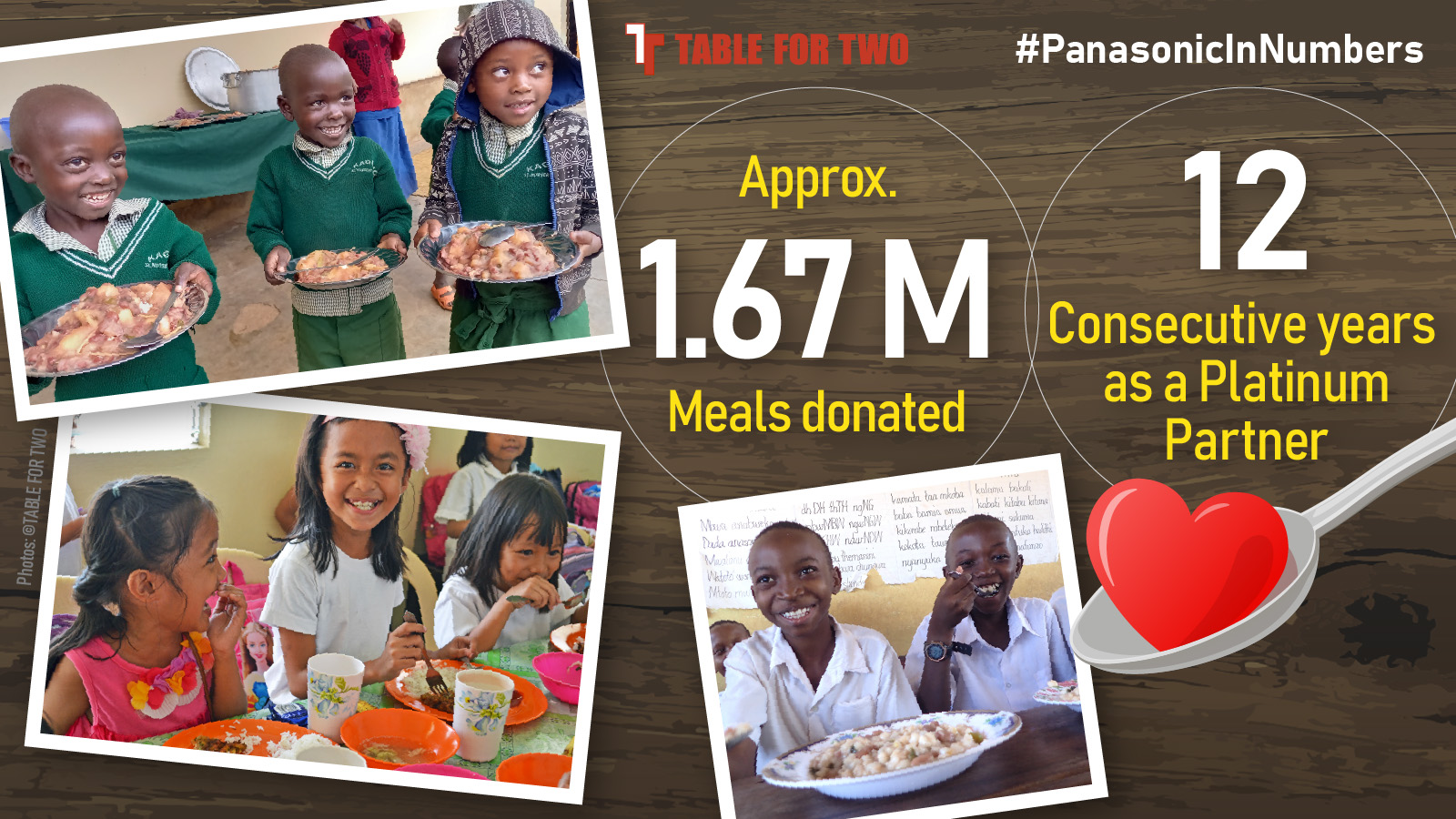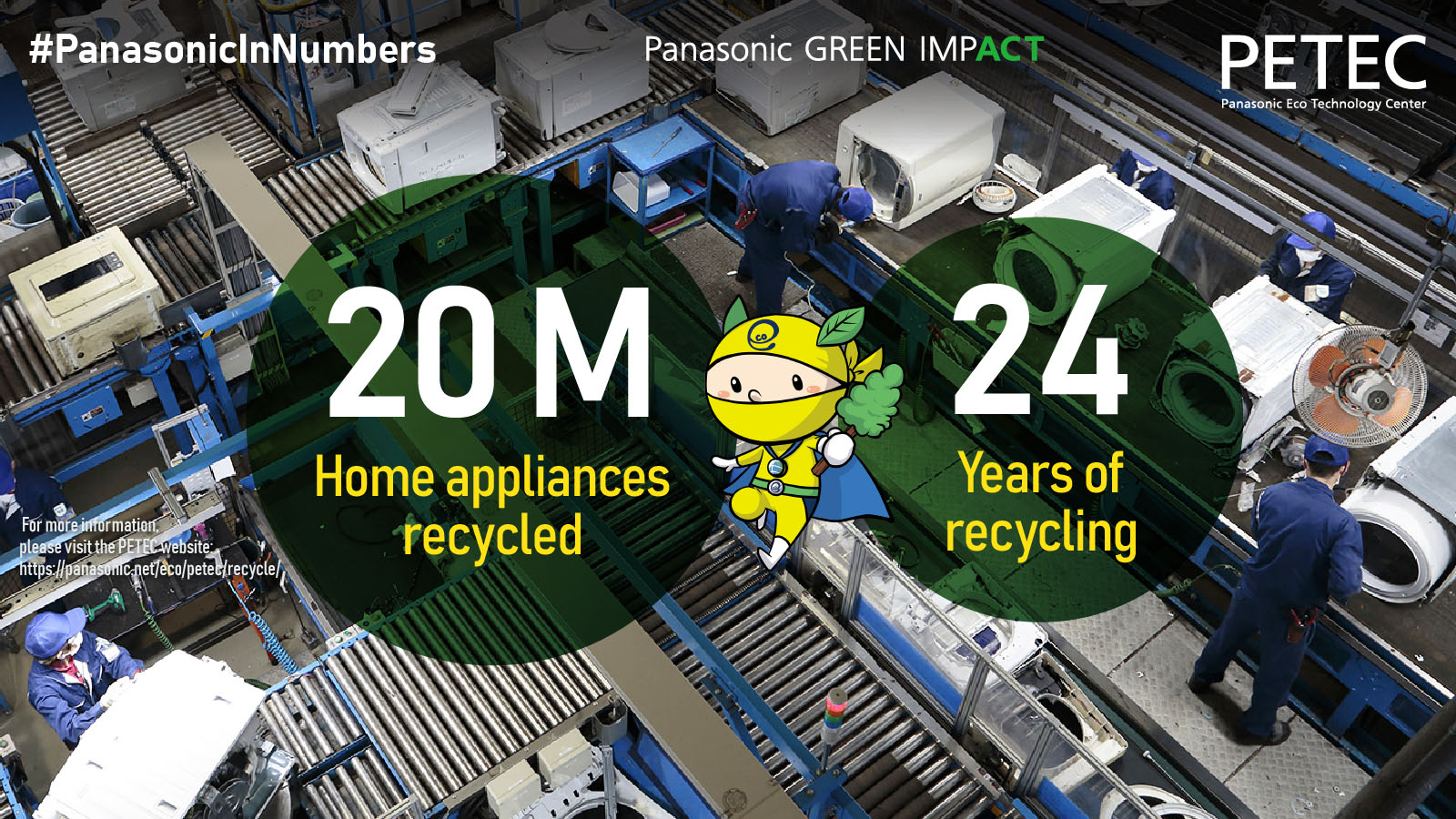- World Heritage Eco Learning Program at the Sagrada Familia in Spain
- World Heritage Eco Learning Program at the Sagrada Familia
in Barcelona, Spain
Panasonic Corporation and UNESCO World Heritage Centre have a strategic partnership since 2011 to raise awareness about the conservation of UNESCO World Heritage sites and to promote sustainable growth through environmental education of the next generation. As part of the partnership, Panasonic is globally implementing environmental education in various UNESCO World Heritage sites.
The Sagrada Familia is a large Roman Catholic church still under construction designed by Catalan architect Antoni Gaudi. The Nativity façade and the Crypt of the Sagrada Famiia were inscribed on the UNESCO World Heritage list in 2005. Its unique, extraordinary and magical architectural style attracts many tourists. The completion of the Sagrada Familia is anticipated in 2026 marking the centenary of Gaudi's death.
The event started in the Crypt with the welcome speech by Vicente Sanchez, the Managing Director of Panasonic Iberia, followed by lectures on 'UNESCO World Heritage Eco Learning Program by Nuria Carrasco from the local UNESCO Office and Tomas Molina, a national famous weather forecast broadcaster and climate change expert. The children enjoyed the interactive lessons and learned the characteristics of World Heritage sites, the number of inscribed sites all over the world and the fact that preserving the world heritage sites will lead to the conservation of the global environment.
- Learning the importance of the world heritage at the Sagrada Familia.
- Sagrada Familia, the world heritage site
Then, the Eco Picture Diary National Ceremony was held and the three winning schools were introduced and rewarded. Panasonic implements the Eco Picture Diary program globally and children express their learning and ideas on environmental protection in their diaries.
- Winners for the Eco Picture Diary National Ceremony
Lastly, Laurent Abadie, the CEO of Panasonic Europe requested of the children in his closing speech, saying "The children here today will be adults when the Sagrada Familia is completed. I hope that the children who are involved in today's workshops continue to work together for the good of the environment in the future".
After that, the pupils were given a tour in the Sagrada Familia. With an explanation from a tour guide, they learnt what Gaudi tried to express in the design of an interior that looked like a majestic forest of trees, and the importance of protecting such valuable sites globally.
In the second part of the program, the children moved to a local sports center in Barcelona and joined an eco learning workshop. Firstly, they experienced creating Nendo Dango Balls (or Clay Seed Balls, an organic seed dispersal technique of Japanese Origin) by mixing various seeds in clay and making it into a ball. Nendo Dango not only absorbs water from the air even in a dry place but also protects the seeds from being eaten by insects and animals. The Nendo Dango, which the pupils made, will be stored in a box and delivered to them to plant at school and home. The children were very positively involved in the program.
- Kids creating Nendo Dango Balls
After the fun of making Nendo Dango, the children discussed what they can do to preserve the global environment. They wrote down their personal commitments of what they can do in their everyday lives, such as 'switch off lights when nobody is in a room', 'walk to school on a nice weather day' and hang the cards onto the Trees of Wishes. The symbolic trees collected participants' wishes and commitments, and are now displayed in Panasonic Iberia´s office.
- The symbolic trees collected children's wishes and commitments
Related Links:


